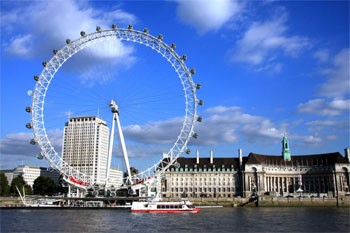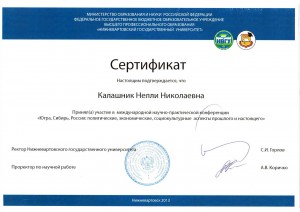3 STAGE. Completion of educational activities, with 2 steps:
1. Emotional discharge (relaxing)
2. Summary (self-reflection, analysis and evaluation of the lesson). AMO “How/Why”. Students speculate on: “I have achieved my goals. How? I haven’t achieved my goals. WHY?”
New conditions of the development of our society indicate that the ability to detect, classify, observe and describe, evaluate, distinguish knowledge from skills, draw conclusions from analysis of the activities, etc. are becoming more and more relevant. And we – the teachers, in turn, are aware that we need to restructure educational environment and use such educational technologies that base on students’ experience and develop these competencies.
Teaching for creativity tasks: here are our top ideas for taking ANY text and using it in class with the least amount of preparation time on your part. Enjoy!
Expand. Reduce. Reconstruct. Match. Transform. Deduce. Quiz. Word partnerships. Reactions. Character guessing. Make a time-line of events. Cinquain. Talk about the text: “I was reading this (story) the other day and it was really interesting. What it said was…”“Putting on” six de Bono’s thinking hats. Comment on the favorite passage. News reporter’s broadcast of the story. Make a jeopardy game about the story. Compare two characters. Write a story for others to guess. Write a sequel to the story. If you could be in this story, decide which person you would be and tell why. Prepare a commercial to sell this book. Write the author telling him your opinion about the book and why.
It may be worthwhile to put these activities on cards and let students select which activity they will do. Track these throughout the year to ensure that students have had a chance to complete at least 10 of the 20 suggestions on the various books they read.
Ultimately, “it is not we, who define thinking; it is thinking that defines us”. In order to be able to act in a rapidly changing world successfully, students should learn “sifting” information and make their own determination of what is and what is not important today. Students must learn not only to evaluate the information critically, thus, reasonably and efficiently, but most importantly, learn its management.
New conditions of the development of our society indicate that the ability to detect, classify, observe and describe, evaluate, distinguish knowledge from skills, draw conclusions from analysis of the activities, etc. are becoming more and more relevant. And we – the teachers, in turn, are aware that we need to restructure educational environment and use such educational technologies that base on students’ experience and develop these competencies.
Reference
- Creative Learning Assessment, Sue Ellis, Center for Literacy in Primary Education (CLPE)
- Creating Opportunities for Critical Thinking, Toni Hull, www.italldepends.wikispaces.com
- Foreign Language Teaching Methods: Reading. Janet Swaffar, http://coerll.utexas.edu/methods/modules/
- http://teachertrainingunplugged.com/other-writing/40-things-to-do-with-a-text/
- Sir Ken Robinson: Do schools kill creativity? www.youtube.com/watch
- www.wikipedia.org





Recent comments